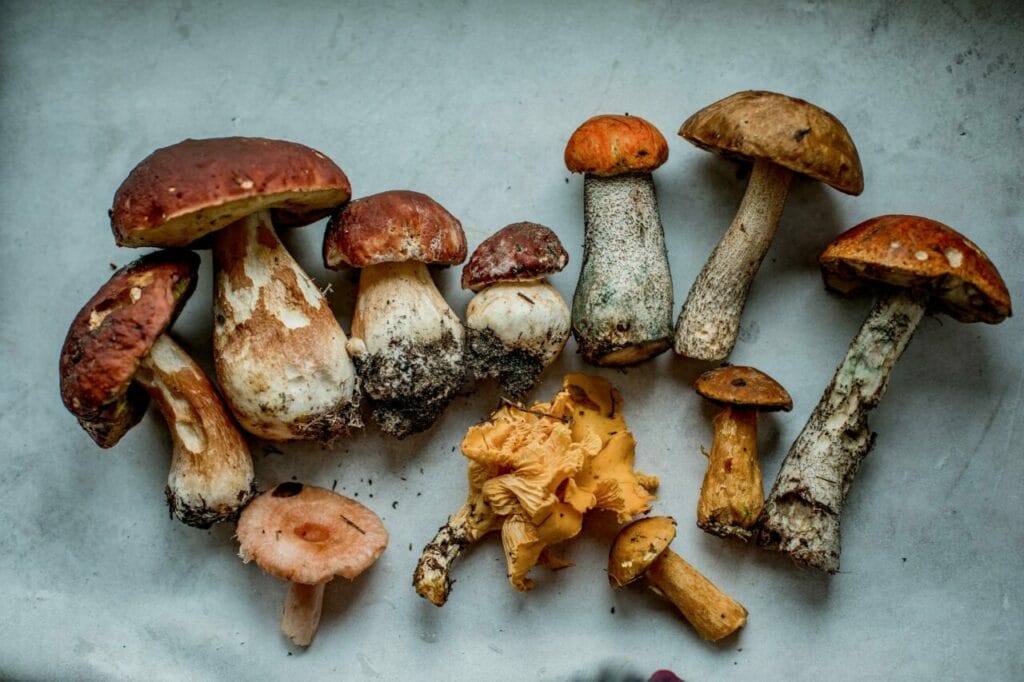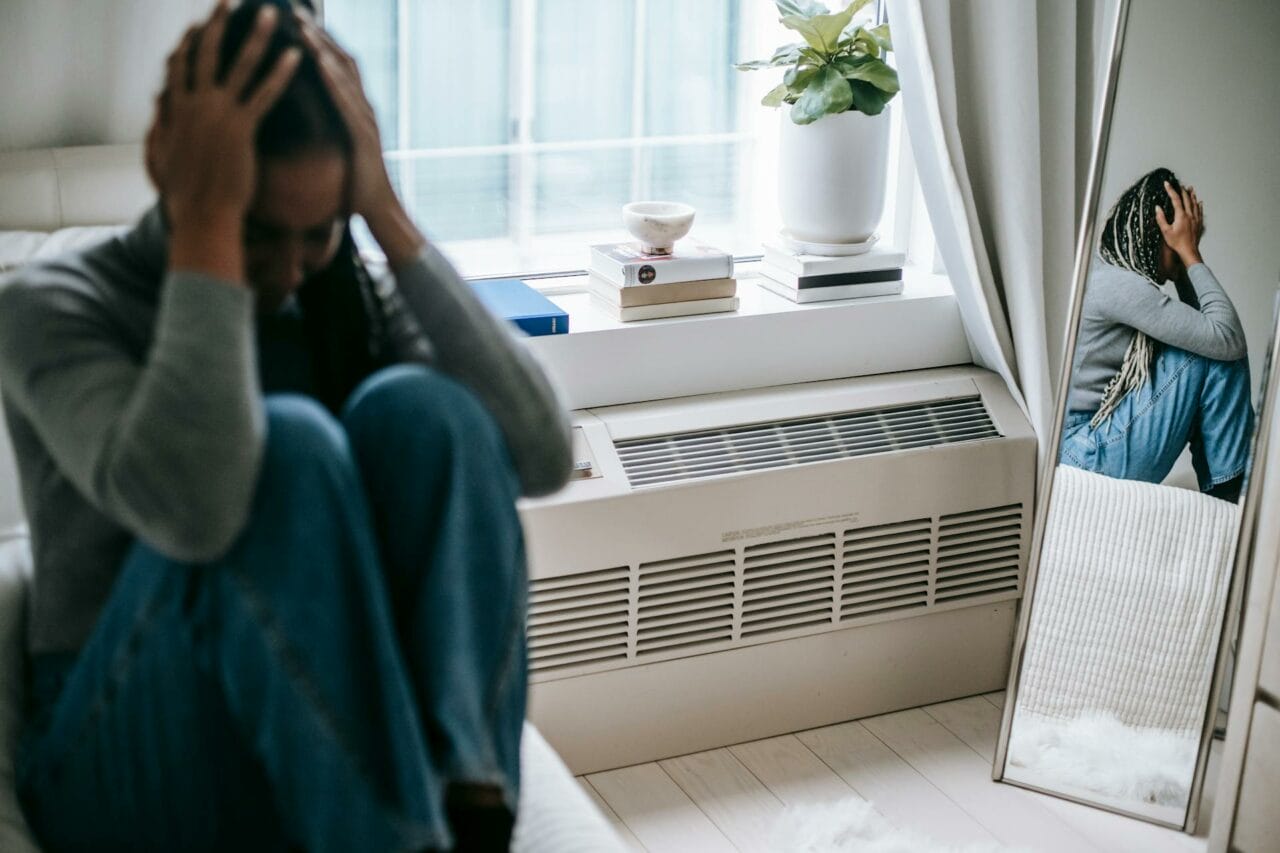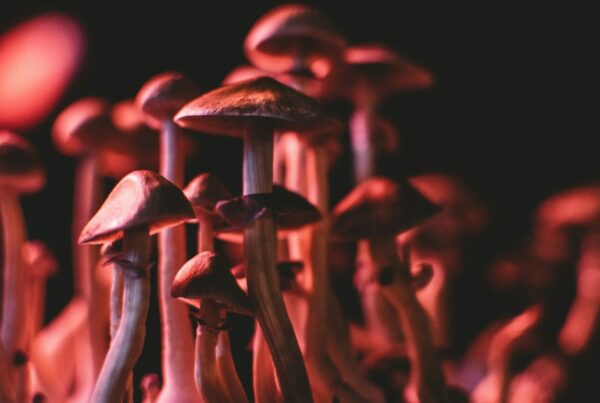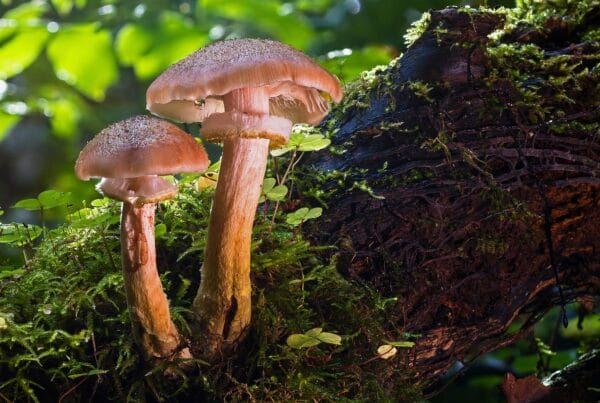Commonly used treatments for anxiety include medication and therapy, but due to potential side effects, they may not be beneficial for everyone. This has led to a growing interest in alternative treatments like psychedelic therapy, which relies on substances such as “magic mushrooms Montreal” and others.
Discover your premier location to buy psychedelics online in Canada. We provide quick, secure, and unobtrusive services.
[toc]Key Takeaways:
- Psychedelic therapy melds the therapeutic qualities of psychedelic substances with traditional talk therapy to foster the healing process.
- Through spiritual journeys, psychedelic therapy can boost emotional wellbeing and enhance the quality of life.
- The integration process, a crucial method in psychedelic therapy, is designed to maintain the lasting efficacy of the therapy session.

Statistics on Anxiety Disorders in Canada
Findings from the 2022 Mental Health and Access to Care Survey reveal a concerning uptick in the prevalence of anxiety disorders in Canada. The proportion of Canadians aged 15 and above diagnosed with generalized anxiety disorder in the 12 months leading up to the survey has escalated from 2.6% in 2012 to 5.2% in 2022.
Comparing Conventional Treatment and Psychedelic Therapy
Typical treatments for anxiety disorders usually consist of a combination of psychotherapy and medication. Psychotherapy, also referred to as psychological counselling, is a collaborative process between a therapist and the patient to mitigate anxiety symptoms.
On the other hand, anxiety medications lessen symptoms by tailoring treatment to the specific type of anxiety disorder and considering any concurrent mental or physical health issues. Although treatments may differ based on individual scenarios, psychotherapy and medication are the primary approaches.
In psychedelic therapy, sessions are unique as they infuse one or two doses of a psychedelic substance, in addition to other therapeutic techniques:
The Practice of Psychedelic Therapy
Psychedelic therapy is a method of therapeutic treatment that harnesses the potential of psychedelic substances to enhance the healing process. These substances, renowned for their hallucinogenic properties, have been integral in holistic medicine and spiritual practices across diverse cultures for millennia.
The two primary substances employed in these therapeutic sessions are Lysergic acid diethylamide (LSD) and psilocybin. LSD induces alterations in mood, perception, and consciousness. As mentioned on the Health Canada website, psilocybin is the active compound present in magic mushrooms. Consuming these mushrooms can stimulate sensory perceptions, including visual, auditory, or tactile hallucinations.
Psilocybin Dosage for Three Sessions
During psychedelic therapy, specialists assess patients to determine the appropriate psilocybin dosage for their sessions. The dosage varies among patients, with some beginning with moderate amounts, while others can withstand larger quantities of the substance. The treatment schedule generally comprises one to three medication sessions, each lasting six to eight hours and spaced several weeks apart. This strategy differs from traditional medications that require daily intake until further instruction from a healthcare professional.
A Spiritual and Transformational Journey
Anxiety medications typically don’t generate transformative visions or feelings of divine connection. Their function is to control symptoms, while therapy aims to tackle the root causes of the condition. Psychedelic therapy can significantly impact emotional health and quality of life.
The immersive experiences can trigger profound insights, heightened self-awareness, and improved emotional processing. These effects can stimulate personal development, inspire positive behavioural changes, and enhance overall mental health.
Impacts
| Expanded Consciousness | Altered states of consciousness offer a novel view of the world. | This enhanced awareness typically results in the following: Profound insightsEpiphaniesImproved understanding of oneself and one’s surroundings |
| Emotional Healing | Enables emotional healing by presenting the chance to address and process unresolved trauma, grief, or emotional discomfort. | This process aids in:Reaching deeply hidden emotionsReleasing emotional blockagesCultivating emotional well-being |
| Increased Self-Awareness | Amplifies connectivity among sensory brain regions while reducing connectivity within the default mode network. This network integrates brain regions that foster self-awareness and introspective thinking.” | These regions help to: modify negative thought processes and ingrained behaviours, and enable individuals to have profound realizations about their true self, motivations, and interpersonal relationships. |
Somatic Therapy
Somatic therapy, despite not being traditionally linked with psychedelic therapy, is gaining recognition for its potential benefits. This therapy centers on the interplay between the mind and body and is based on the theory that past traumas can result in sensations being stored in the body. Somatic therapists help individuals identify these physical feelings and use therapeutic methods to alleviate this tension.
Integration
This offers clients a platform to obtain clear understanding, acquire new perspectives, and extract wisdom from their psychedelic experiences. The transformative process takes place during integration sessions with the therapist and is furthered by the client’s active engagement outside of psychedelic sessions. Integration enhances the transformative power of psychedelics by actively engaging with the insights and emotional revelations uncovered.
Types of Integration
- Journaling. By documenting experiences, individuals can strengthen memories for future reference. It also enables clients to analyze their experiences from various perspectives to discover different interpretations and connections.
- Art. This provides an effective way to translate complex feelings and emotions from a psychedelic journey into a visual and creative form.
- Practicing Nature-based Approaches. These can be as simple as mindful walks in the woods or finding peace by a tranquil body of water. Therapists can help clients identify intricate patterns in nature or suggest using natural elements like plants, stones, water, and candles as grounding tools.
- Engaging in Integration Groups. Group sessions with people who have had similar experiences provide a valuable opportunity for reflection, support, and connection. The ability of psychedelic therapy to foster a sense of interconnectedness and mutual understanding beyond individual boundaries is fundamental.
The Significance of These Techniques in Treating Anxiety
The primary pharmacological principle behind all psychedelics is their ability to act as agonists, or activators, of serotonin (5-HT) 2A
Psychedelic research is increasingly focusing on how these substances affect the brain’s default mode network, a network that is closely associated with repetitive thoughts. Disruptions in this network have been linked to disorders such as depression and anxiety. Treatment with these substances has been shown to significantly reduce anxiety, with the effects potentially lasting for up to a year after treatment.
After a session with psilocybin, which often includes intense spiritual experiences, the patient engages in a dialogue with a therapist. In these talk-therapy sessions, healthcare professionals trained in this area strive to listen attentively to the patient and employ specific practices and techniques to enhance the positive outcomes of the treatment.
These techniques work in harmony to help those suffering from anxiety achieve long-term relief in fewer sessions compared to traditional treatments.
Changing Your World, One Session at a Time
Many people rely on standard treatments for anxiety, but not everyone finds them effective or satisfying. Psychedelic therapy offers a different approach, using unique methods that can trigger transformative experiences. These techniques work together to bring about deep and lasting changes, sometimes lasting up to a year after just one to three sessions.
In addition to improving mental health, this therapy could also lead to substantial cost savings for patients. Interested in discovering a new path to wellness? Explore the potential of psychedelic therapy with Funguyz Canada.
Common Questions
What type of magic mushroom is typically used for psychedelic therapy?
Many studies on psychedelic-assisted therapy fail to specify the type of mushroom used. However, Psilocybe cubensis is generally the preferred choice.
Online magic mushroom dispensaries offer a variety of strains to cater to different preferences. You can choose any strain to experience the therapeutic benefits of psychedelics. However, it’s crucial to exercise caution and choose a reputable vendor to avoid obtaining unsafe magic mushrooms from dishonest sources.
How long does a psychedelic therapy session usually last?
The duration of psychedelic therapy can vary as it involves multiple stages. A single session where the psychedelic is ingested typically lasts between 4 to 8 hours. The complete therapy process, which includes preparation, the session itself, and follow-up discussions, can span from a few weeks to several months.
When it comes to lasting effects, individuals often report improvements in their mental health for several months or even up to a year after therapy.
Several sessions are incorporated within one year.
Does a therapist guide the patient throughout their spiritual journey?
In this stage, experts like therapists or other team members might assist the patient. Studies show that Spiritual Health Practitioners (SHPs) contribute unique and essential insights to enhance participants’ well-being and facilitate their growth during a spiritual journey. Some people prefer to use an SHP, while others rely on the provided therapist or specialist.
Does “set and setting” play a role in the psychedelic therapy process?
Yes, both the individual’s mindset (set) and the physical surroundings (setting) are pivotal in safely guiding spiritual experiences during a psychedelic therapy session. The individual’s mental condition molds their spiritual journey, impacting the experience before and throughout the psychedelic session. The journey’s direction and depth are influenced by elements like beliefs, expectations, emotional states, and intentions.
Primary Reference: Psychedelics as Emerging Treatments for Anxiety Disorders: Opportunities and Challenges in a Budding Field – PMC (nih.gov)
About the Authors:
Franklin King, IV, MD. and Rebecca Hammond, M.D.
Related Articles:





